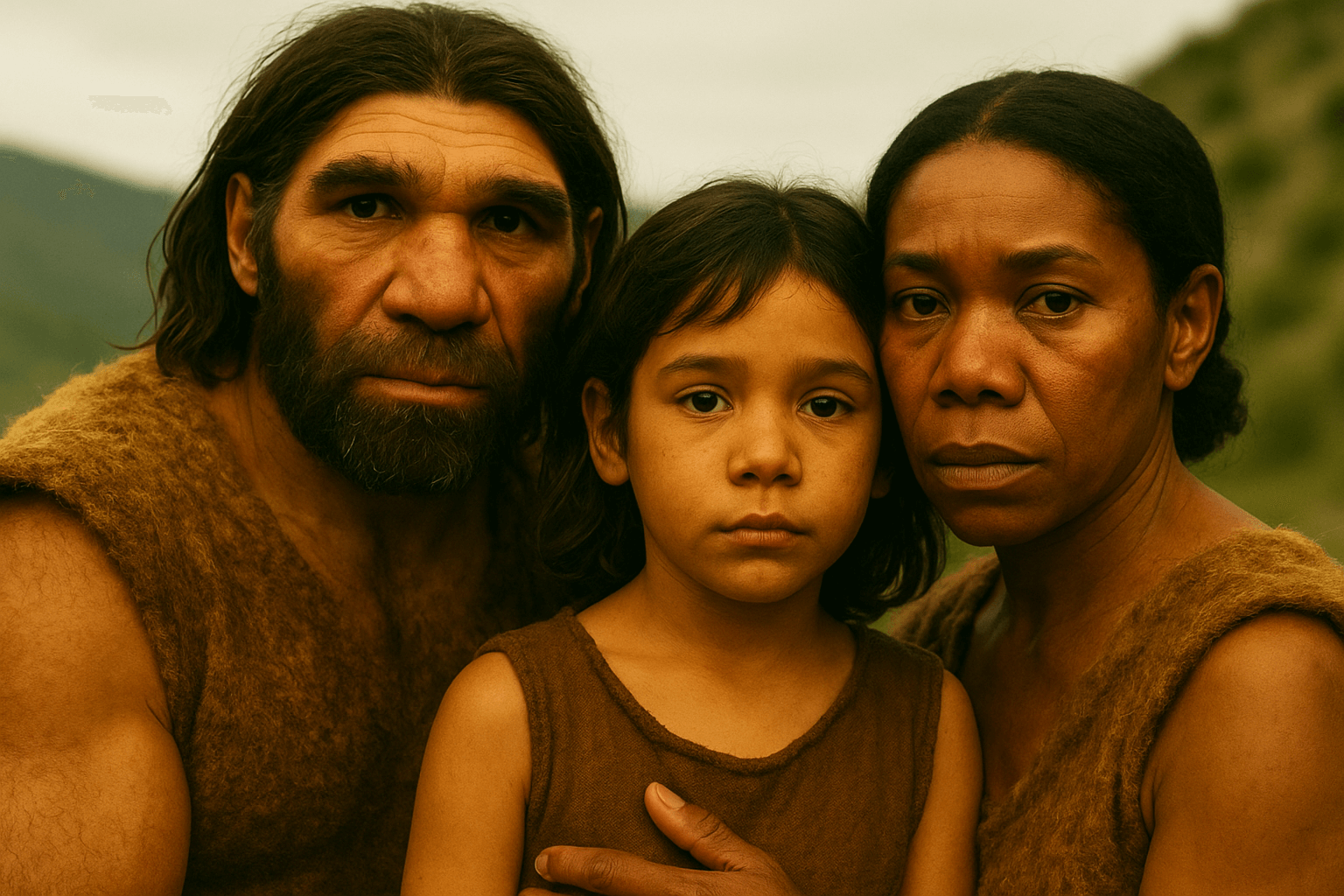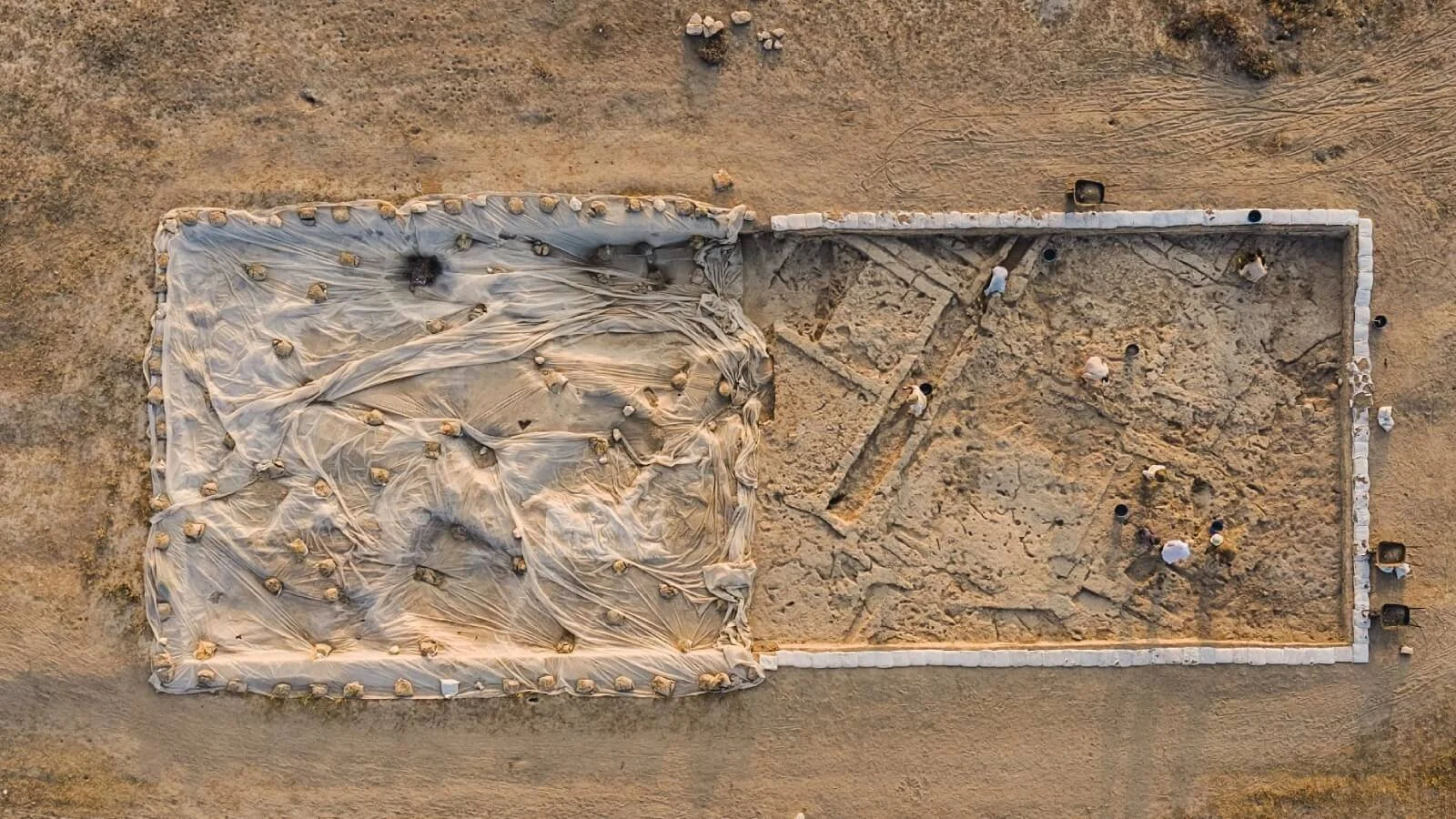The phoenix is one of the most enduring mythical creatures, symbolizing rebirth, immortality, and renewal. Found in various ancient mythologies, the phoenix represents the cyclical nature of life, destruction, and resurrection.
Origins and Symbolism
The concept of the phoenix originated in ancient Egypt, where it was associated with the Bennu bird, a sacred creature linked to the sun god Ra and the cycles of creation. The Greeks later adopted the myth, envisioning the phoenix as a magnificent, long-lived bird that would burst into flames upon death and be reborn from its ashes. This powerful imagery became a metaphor for resilience, transformation, and eternal life.
The Phoenix in Different Cultures
Egyptian Mythology: The Bennu bird was closely tied to the Nile’s flooding and the concept of rebirth. It was often depicted as a heron-like bird and considered a divine manifestation of renewal.
Greek Mythology: The Greeks described the phoenix as a radiant, golden-red bird that lived for centuries before self-immolating and emerging anew. It was linked to the sun and cycles of destruction and regeneration.
Roman Influence: The Romans embraced the phoenix as a symbol of the eternal nature of their empire, using its imagery on coins and monuments.
Chinese Mythology: The Fenghuang, often called the “Chinese phoenix,” symbolized harmony, virtue, and the balance of yin and yang. Though distinct from the Western phoenix, it carried similar themes of renewal and transformation.
Themes of Rebirth and Immortality
The phoenix’s myth reflects deep themes of renewal, making it a symbol of hope and perseverance. Its cycle of death and rebirth has been used in literature, philosophy, and religion to represent the idea that destruction can lead to new beginnings. Early Christians adopted the phoenix as a metaphor for resurrection and eternal life, reinforcing its spiritual significance.
The Legacy of the Phoenix
The phoenix continues to inspire modern culture, appearing in literature, films, and popular symbolism. Its message of resilience and renewal remains relevant, reminding us that from the ashes of hardship, new life can emerge.
Conclusion
The myth of the phoenix endures as a timeless symbol of rebirth, immortality, and transformation. Across various cultures and beliefs, it represents the idea that endings are not final but rather the beginning of something new. Whether in ancient mythology or modern storytelling, the phoenix continues to captivate and inspire.







